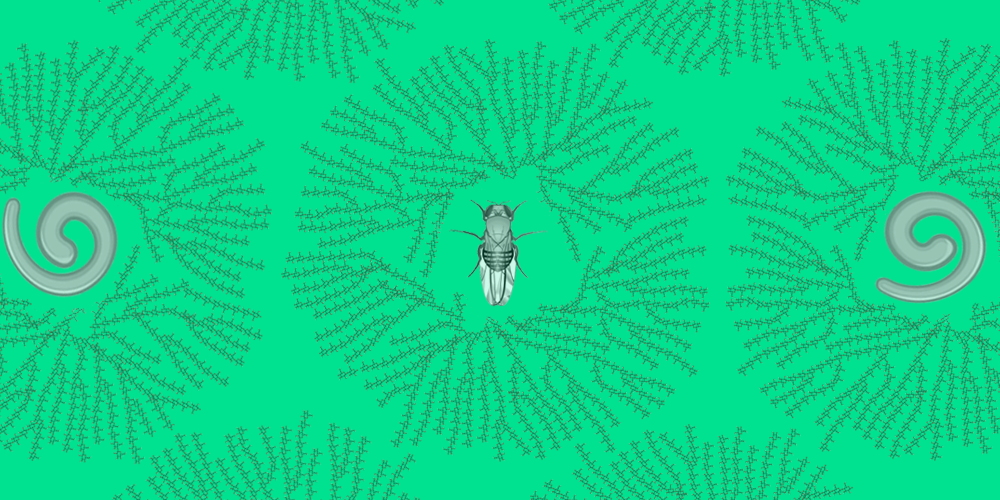I’m happy to announce that the Perlara family has grown! We recently launched a new PerlQuest for glycogen storage disease type III (GSDIII) – also known as Cori disease – in collaboration with Richard Taylor of the Warren Center and the University of Notre Dame. As with our other PerlQuests, the Cori disease PerlQuest started with lengthy, collaborative discussions about model organism and drug screening options, followed by a formal proposal and research plan. To find out more about Cori disease, and what we hope to achieve with the Cori disease PerlQuest, keep reading!

What is Cori disease?
Cori disease (GSD III) is autosomal recessive, and caused by mutations in AGL, the gene that encodes the glycogen debranching enzyme. This leads to the buildup of glycogen, which damages the liver and muscle tissues. Glycogen is primarily stored in liver and muscle as a long-term energy reserve, so affected individuals can’t properly use this stored glycogen as an energy source.

Pathogenic mutations in AGL either lead to a completely nonfunctional enzyme, or a less functional (hypomorphic) enzyme. Many people who are affected live into adulthood, but do suffer from liver, heart and muscle weakness, as well as low blood sugar, which may lead to seizures.

Figure 1. Glycogen and its core protein glycogenin

Figure 2. Schematic of glycogen debranching
Cori disease mutations
Figure 3 is a schematic of the documented Cori disease mutations. Many of the mutations lead to no protein. Some, however, may lead to the production of a poorly folded variant or one with minimal activity. There are also two enzymatic activity domains on AGL: the transferase domain and the glucosidase domain. To date, there is no clear genotype-to-phenotype correlation of the disease, but it is thought that the CBD (carbohydrate binding domain) may stabilize the protein, so mutations in that region may lead to degradation.

Figure 3. Schematic of AGL pathogenic mutations
Cori disease PerlQuest
For the Cori disease PerlQuest, we are modeling Cori disease in both nematodes and flies, identifying screenotypes and screening our drug repurposing collection on the engineered model organisms to identify hits that rescue the disease phenotypes.
The nematode ortholog of human AGL is Agl-1, with 42.9% sequence identity to the human protein. Agl-1 in nematodes is amylo-1,6-glucosidase, or glycogen debranching enzyme. It is reported that disruption of the gene can lead to embryonic lethality and slowed growth, but we will be engineering the whole-gene knockouts (KOs) and representative point mutations with NemaMetrix, and validating those phenotypes in-house.
In flies, the homologous gene is CG9485, which is not well characterized. The encoded protein, however, is 42.6% identical to the human AGL protein. The gene product is reported to be involved in glycogen catabolic processes and is in the glycoside hydrolase family, with 4-alpha-glucanotransferase/amylo-alpha-1,6 glucosidase activities, specifically. The fly model is more exploratory, since not much is known about CG9485.
Next steps
After we identify and verify model organism phenotypes, we will screen our drug repurposing library on the mutant organisms to identify small molecule rescuers of disease.
We are thrilled to embark on the Cori disease PerlQuest, and to contribute to the Cori disease community – both research and family partners. Not only will this work be beneficial for Cori disease, specifically, but also potentially for additional GSDs, as we are certain that some of our findings will be relevant to other glycogen storage disorders.
We just initiated model organism engineering, so check back for updates on the phenotypes in the near future!
Want to launch your own PerlQuest? Share some information to get things started. Let’s PerlQuest together!


